Why Smart Parents Choose Sustainable Kids Clothing: A Simple Guide
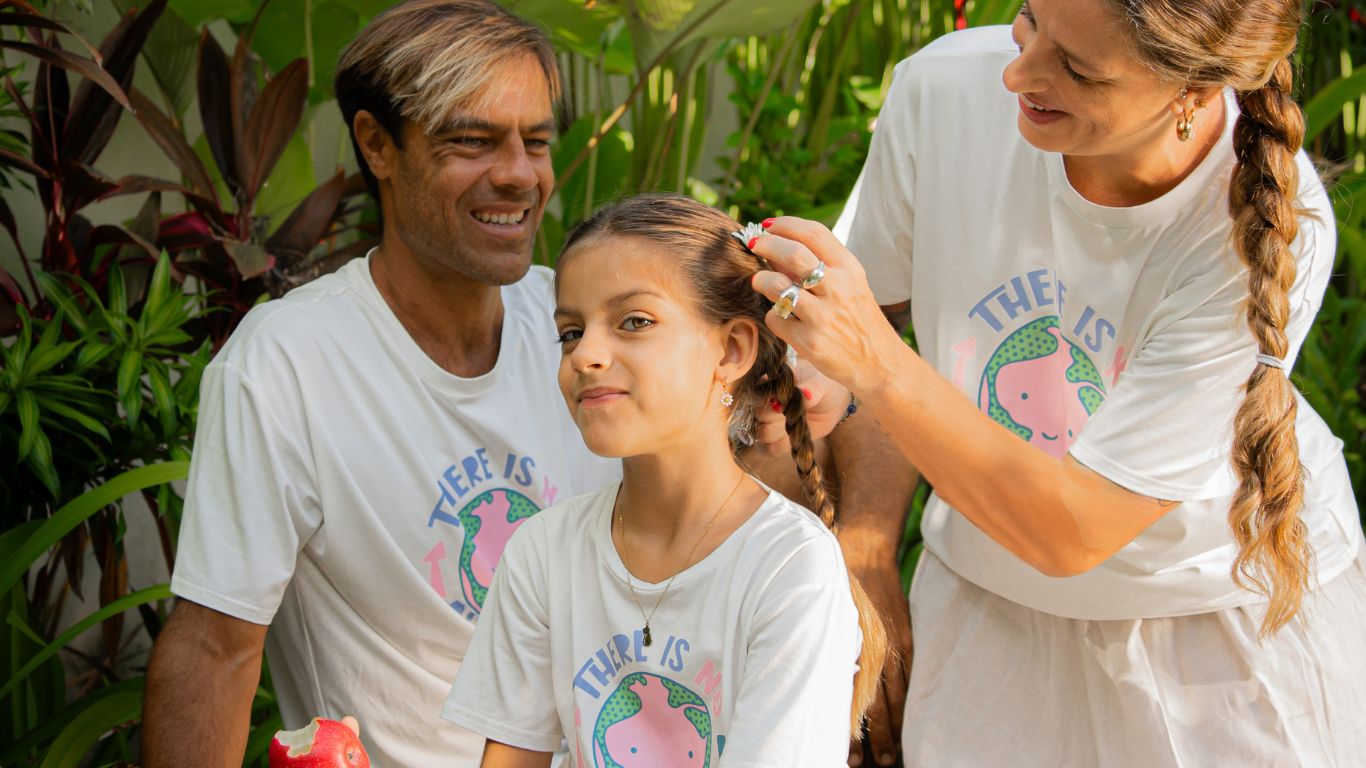
Sustainable kids clothing offers benefits that extend far beyond just looking cute. As children outgrow their clothes at lightning speed, parents face a constant cycle of buying new items that quickly become too small, creating both financial strain and environmental waste.
Surprisingly, many parents don’t realize that eco-friendly children’s fashion can actually save money over time. High-quality garments made from organic materials for kids typically last longer, can be passed down to siblings, and retain resale value. Furthermore, sustainable brands are increasingly offering affordable options while maintaining ethical production standards. This guide will walk you through everything you need to know about building a sustainable wardrobe for your children without breaking the bank, including essential garment care tips to extend the life of each piece.

Why Parents Are Rethinking Kids’ Clothing
Parents today are becoming increasingly aware of the true impact of their children’s clothing choices. The cute, trendy outfits filling store racks often hide problematic realities that impact both family health and our planet. This growing awareness is driving many families to seek better alternatives.
Fast fashion’s hidden costs
The children’s clothing industry has rapidly embraced the fast fashion model, with concerning consequences. Most parents don’t realize that conventional kids’ clothing production creates massive environmental damage through water pollution, chemical use, and textile waste. In fact, the fashion industry is responsible for approximately 10% of global carbon emissions and ranks as the second-largest consumer of water worldwide.
Additionally, many popular children’s clothing brands rely on manufacturing processes that raise serious ethical concerns. Fast fashion’s push for ever-cheaper production often results in poor working conditions, inadequate safety measures, and wages that don’t meet basic living standards for workers who make these garments.
Moreover, the economic impact on families is substantial. The “wear once and discard” model promoted by fast fashion creates a costly cycle for parents. Cheaply made clothing typically wears out after just 7-10 washes, forcing frequent replacements that drain family budgets over time. This differs dramatically from sustainable kids clothing, which typically lasts 5-7 times longer than conventional alternatives.
Another hidden cost comes from the environmental burden we’re placing on future generations. Children today will inherit the environmental problems we create, making the switch to eco-friendly children’s fashion not just a shopping choice but an investment in their future.

Health concerns with synthetic fabrics
Beyond environmental considerations, many parents are rethinking kids’ clothing choices due to direct health impacts. Children’s skin is thinner and more permeable than adult skin, absorbing substances more readily. This makes the chemical content of clothing particularly important.
Conventional children’s clothing often contains concerning chemicals:
-
Formaldehyde (wrinkle resistance)
-
Phthalates (plasticity and durability)
-
Azo dyes (vibrant colors)
-
Flame retardants (safety requirements)
-
Perfluorinated chemicals (stain resistance)
These substances have been linked to skin irritation, allergic reactions, and in some cases, more serious health concerns including hormone disruption and respiratory issues. Consequently, many parents report immediate improvements in skin conditions when switching to organic materials for kids.
Synthetic fabrics like polyester, which makes up approximately 60% of children’s clothing, create additional concerns. These materials don’t breathe well, trapping heat and moisture against a child’s skin. This creates ideal conditions for irritation and discomfort, particularly for children with sensitive skin or conditions like eczema.
In contrast, natural fibers used in sustainable kids clothing—such as organic cotton, hemp, and bamboo—allow proper airflow and moisture regulation. These materials work with a child’s body rather than against it, providing comfort while reducing exposure to potentially harmful substances.
Therefore, as parents learn about these health implications, many find that transitioning to sustainable brands becomes less about following trends and more about making conscientious choices for their children’s wellbeing. The immediate benefits of fewer skin reactions and increased comfort make this switch worthwhile even before considering the broader environmental advantages.

What Makes Kids Clothing Truly Sustainable
Understanding what truly makes children’s clothing sustainable requires looking beyond flashy marketing labels. Smart parents know that genuine eco-friendly children’s fashion combines specific materials, certifications, and ethical production practices.
Eco-friendly materials to look for
The foundation of sustainable kids clothing starts with the right fabrics. Organic cotton stands out as a top choice, grown without chemical pesticides or fertilisers that harm farm workers and the environment. Unlike conventional cotton, which uses more than 10% of the world’s insecticides and 25% of pesticides, organic cotton creates safer garments for sensitive skin.
Hemp offers exceptional durability, producing three times more fabric per acre than cotton while requiring minimal pesticides. Bamboo grows quickly without chemicals, though parents should be cautious—true bamboo fabric feels different from silky “bamboo rayon,” which undergoes chemical processing.
For synthetic options, recycled polyester made from plastic bottles or discarded garments reduces waste. Meanwhile, wool provides natural fire resistance without chemical treatments. Other innovative materials include soy cashmere/silk derived from tofu production byproducts.
Above all, truly sustainable fabrics avoid chemical finishes that leave that telltale “new clothing smell”—often a sign of formaldehyde or other toxins.
Certifications that matter
Navigating the world of sustainable fashion requires understanding key certifications that verify claims:
-
Global Organic Textile Standard (GOTS): The gold standard, ensuring at least 70% certified organic fibres throughout production. GOTS prohibits entire classes of chemicals, ensures fair labour practices, and requires water treatment before returning it to watersheds.
-
OEKO-TEX Standard 100: Tests every component (fabric, thread, buttons, zippers) for over 100 harmful substances, especially important for babies’ sensitive skin.
-
Fair Trade Certification: Focuses on ethical production, ensuring workers receive fair wages, work in safe conditions, and use sustainable farming methods.
-
Better Cotton Initiative (BCI): While not strictly organic, it promotes more responsible water and pesticide use while improving cotton farmers’ livelihoods.
According to experts, children’s skin is significantly more sensitive than adults’, making them more susceptible to irritation from harmful chemicals commonly found in non-certified fabrics. In essence, these certifications offer parents peace of mind while supporting responsible textile production.

How ethical production works
Ethical production in sustainable kids clothing extends beyond materials to encompass the entire manufacturing process. Factories producing truly sustainable garments implement fair labour practices, providing safe working environments and fair wages.
Water conservation represents another crucial element, especially since conventional cotton farming requires massive amounts. Sustainable manufacturers employ techniques that minimise water usage and ensure proper treatment of wastewater before releasing it back into the environment.
Quality control also plays a vital role in sustainability. Instead of following fast fashion’s “wear once and discard” model, ethical brands focus on durability. Many offer free repairs for garments that develop issues within months of purchase, creating clothing specifically designed to be passed from one child to another.
Some sustainable brands take their commitment further by using reusable packaging and providing garment care tips to extend product lifespan. On the whole, ethical production creates a complete cycle—from responsibly sourced materials to manufacturing that respects both people and planet, resulting in durable products that stay out of landfills longer.
By understanding these three key elements—eco-friendly materials, meaningful certifications, and ethical production practices—parents can make informed choices about the clothes their children wear every day.

How to Start Shopping Smarter
Creating a sustainable wardrobe for your children starts with smart shopping strategies that balance quality, ethics, and your family’s budget. Making thoughtful choices now can save money later while reducing environmental impact.
Set a realistic clothing budget
Despite common assumptions, families can afford sustainable kids clothing without breaking the bank. One study found that parents choosing eco-friendly children’s fashion spent approximately 25% less than the average Canadian parent on children’s clothing. Initially, this might seem counterintuitive since sustainable garments often have higher price tags.
The secret lies in buying fewer, better-quality pieces. Most children have far more clothing than they actually need or regularly wear. By adopting a minimalist approach, you free up budget for higher-quality items that last longer.
Smart budgeting for sustainable wardrobes involves:
-
Allocating funds seasonally rather than monthly
-
Planning purchases around predictable sales (like end-of-season clearances)
-
Setting aside money for a few key investment pieces
-
Tracking cost-per-wear rather than focusing solely on purchase price
Essentially, sustainable shopping requires shifting from frequent, low-cost purchases to occasional, thoughtful investments.
Choose versatile, long-lasting pieces
The capsule wardrobe concept works exceptionally well for children. Ideally, each season’s wardrobe needs only about 12-14 items of everyday wear—roughly 6 tops, 5 bottoms, and possibly a dress. This streamlined approach makes mornings easier while reducing waste.
The golden rule for building an effective capsule: all tops and bottoms must match each other. First, select a consistent colour palette (neutrals, pastels, or brights) and stick with it to maximise outfit combinations. Subsequently, focus on comfort and durability, primarily choosing 100% cotton or other natural materials that feel good against sensitive skin.
When evaluating potential purchases, consider the entire lifecycle of each garment. Quality sustainable clothing should be designed to withstand active play, multiple washes, and eventually be passed along to another child. This lifecycle approach creates both environmental and financial benefits.
Beyond that, versatility matters tremendously. Look for adjustable features like extendable waistbands or roll-up sleeves that accommodate growth spurts. Seasonless basics form the foundation of a practical wardrobe, making your investment stretch further.

Buy second-hand or swap
The circular economy presents a perfect solution for growing children. Gently used clothing costs 50-80% less than new items while preventing textile waste. Children outgrow clothes so quickly—often before showing significant wear—making second-hand shopping particularly practical for their wardrobes.
Quality sustainable kids clothing maintains its integrity through multiple owners, making pre-loved shopping increasingly mainstream. Indeed, the children’s resale market has grown 14 times faster than traditional retail in recent years.
Consider these circular shopping options:
-
Consignment stores: Carefully curated shops offering higher-end items at substantial discounts
-
Online marketplaces: Platforms like ThredUp, Kidizen, and Facebook Marketplace connect parents directly
-
Community swaps: Organized exchanges where families trade outgrown clothes, often hosted by schools or neighborhood groups
-
Hand-me-downs: The original sustainable fashion system that keeps quality pieces circulating among friends, family, and neighbors
Beyond savings, second-hand shopping provides educational opportunities. Children learn valuable lessons about sustainability when parents explain how reusing clothes helps protect nature.
Sell or donate outgrown clothes - join Retykle circular program
After your child outgrows their sustainable clothing, keeping those items in circulation completes the eco-friendly cycle. Numerous options exist for extending the life of quality garments:
Specialty resale programs make this process remarkably simple. Retykle, for instance, operates a comprehensive circular program where parents can sell outgrown sustainable brands. They handle everything from photography to shipping, making it effortless to recoup value from quality clothing investments.
Some sustainable brands now operate their own take-back initiatives. Companies like Patagonia’s Worn Wear and Hanna Andersson’s Hannadowns accept their used clothing, offering store credit or discounts on future purchases.
When selling isn’t practical, donating properly ensures clothing remains useful. Rather than generic donation bins, seek organizations specifically serving children, such as women’s shelters or refugee resettlement programs where clothing can meet immediate needs.
By participating in these circular systems, families simultaneously reduce costs, minimize environmental impact, and teach children valuable lessons about resource conservation. This approach transforms sustainable kids clothing from a luxury into an accessible option for virtually any budget.

Tips to Build a Sustainable Wardrobe Over Time
Transitioning to sustainable kids clothing doesn’t have to happen overnight. Gradually transforming your child’s wardrobe allows for mindful choices that benefit both your budget and the environment. Let’s explore practical steps for this journey.
Start small with basics
First and foremost, embrace minimalism as your guiding principle. A truly sustainable wardrobe contains only items your child regularly wears and loves. In fact, most children need surprisingly few clothes—just a handful of everyday pieces that mix and match easily.
Begin by evaluating what you already own. “The most sustainable wardrobe is the one they already have,” notes sustainable parenting expert Eve Kekeh, founder of rental business Bundlee. The resources for those garments have already been spent, making continued use the most eco-friendly option.
When adding new pieces, focus on versatile basics made from organic materials for kids. Look for:
-
Simple, solid-colored items that coordinate easily
-
Adjustable features like extendable waistbands that accommodate growth
-
Natural fibers that feel comfortable against sensitive skin
Involve your child in choices
Interestingly, children themselves are becoming powerful advocates for sustainability. Along with teaching them about eco-friendly choices, allow them to participate in selecting their clothes.
“When I bring my child shopping with me and buy something he picks out, I know he will wear it,” explains one sustainability advocate. “If he’s not going to wear it, it’s completely unethical and unsustainable—even from an ethical brand.”
This collaborative approach serves multiple purposes: ensuring clothes get worn, fostering independence, and teaching valuable lessons about conscious consumption. Throughout this process, you’re modeling values that will shape their future purchasing habits.
Track what works and adjust
As your sustainability journey continues, pay attention to patterns. Which garments get constant wear? Which sit untouched? Notice which fabrics your child finds comfortable and which styles suit their activities.
Considering this information helps refine future purchases. Perhaps you’ll discover your child prefers certain textures or needs more durable knees in pants.
Set realistic priorities based on your budget, time constraints, and values. Occasionally, you’ll need to compromise—perhaps buying something less sustainable to meet an immediate need. This flexibility is part of the process, not a failure.
By starting small, involving your child, and learning from experience, you’ll gradually build a wardrobe that aligns with your sustainability goals without overwhelming your family or finances.

Conclusion
Sustainable kids clothing undoubtedly represents a smart choice for families concerned with both their children’s health and environmental impact. Throughout this guide, we’ve seen how conventional clothing often contains harmful chemicals that can affect sensitive young skin, while sustainable alternatives prioritize safety and comfort. Additionally, the economic benefits become clear when considering the longer lifespan and higher resale value of quality eco-friendly garments.
Parents need not feel overwhelmed by this transition. Small, thoughtful changes—starting with basic wardrobe staples made from organic materials—create meaningful impact over time. Second-hand shopping, clothing swaps, and resale programs further extend these benefits while teaching children valuable lessons about resource conservation.
The certifications we’ve discussed serve as reliable guideposts during this journey. GOTS, OEKO-TEX, and Fair Trade labels help families navigate beyond marketing claims to find truly sustainable options. Consequently, parents can make confident choices aligned with both their values and budget constraints.
Perhaps most importantly, sustainable clothing choices demonstrate our commitment to children’s futures. The textile industry’s environmental footprint affects the very world our children will inherit. Therefore, each mindful purchase not only benefits your child today but contributes to a healthier planet for all children tomorrow.
Above all, remember that perfection isn’t required—progress matters most. Each sustainable garment that replaces a conventional alternative marks a significant step forward. Your family’s journey toward more sustainable choices, however gradual, creates positive change that extends far beyond your child’s wardrobe.



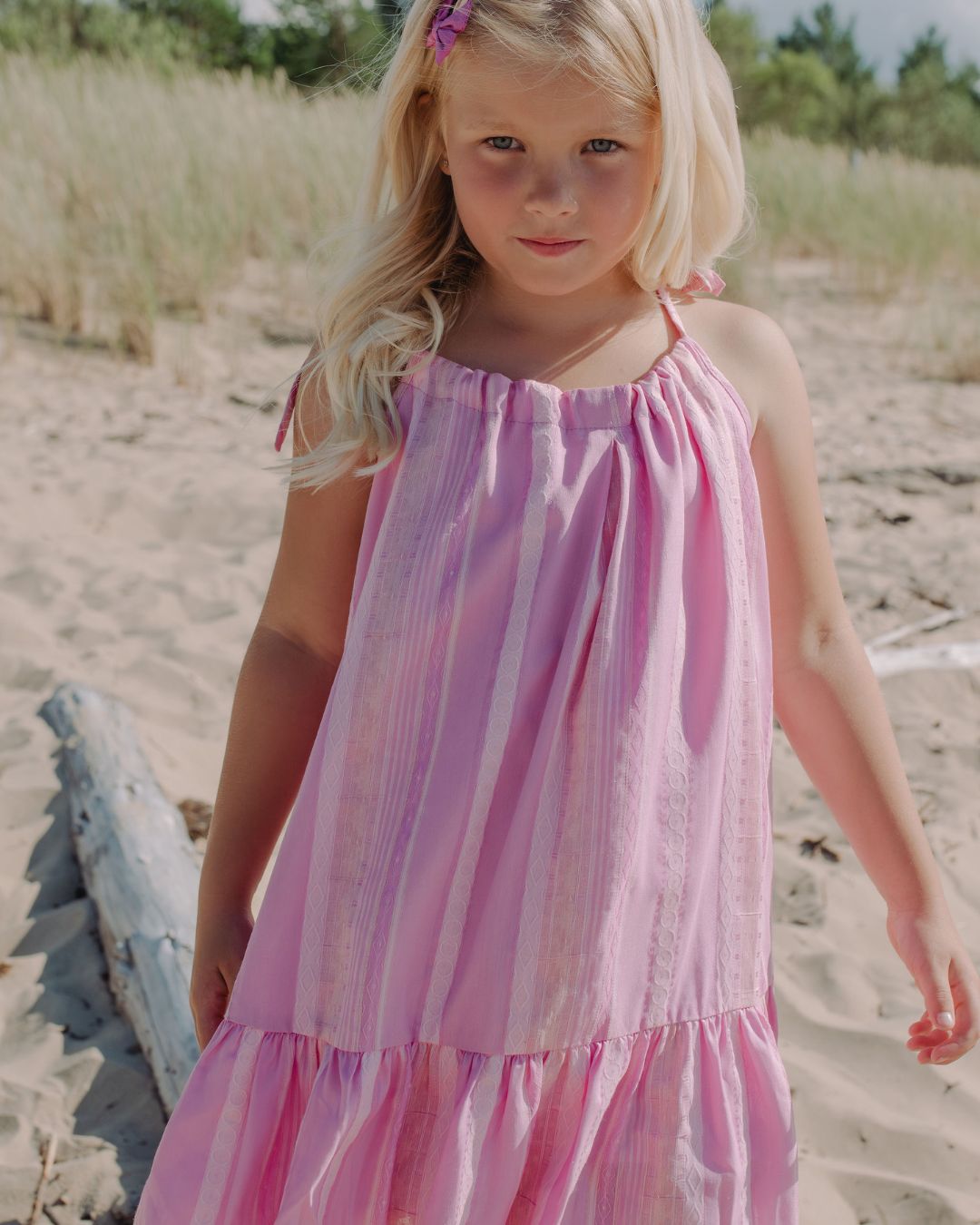
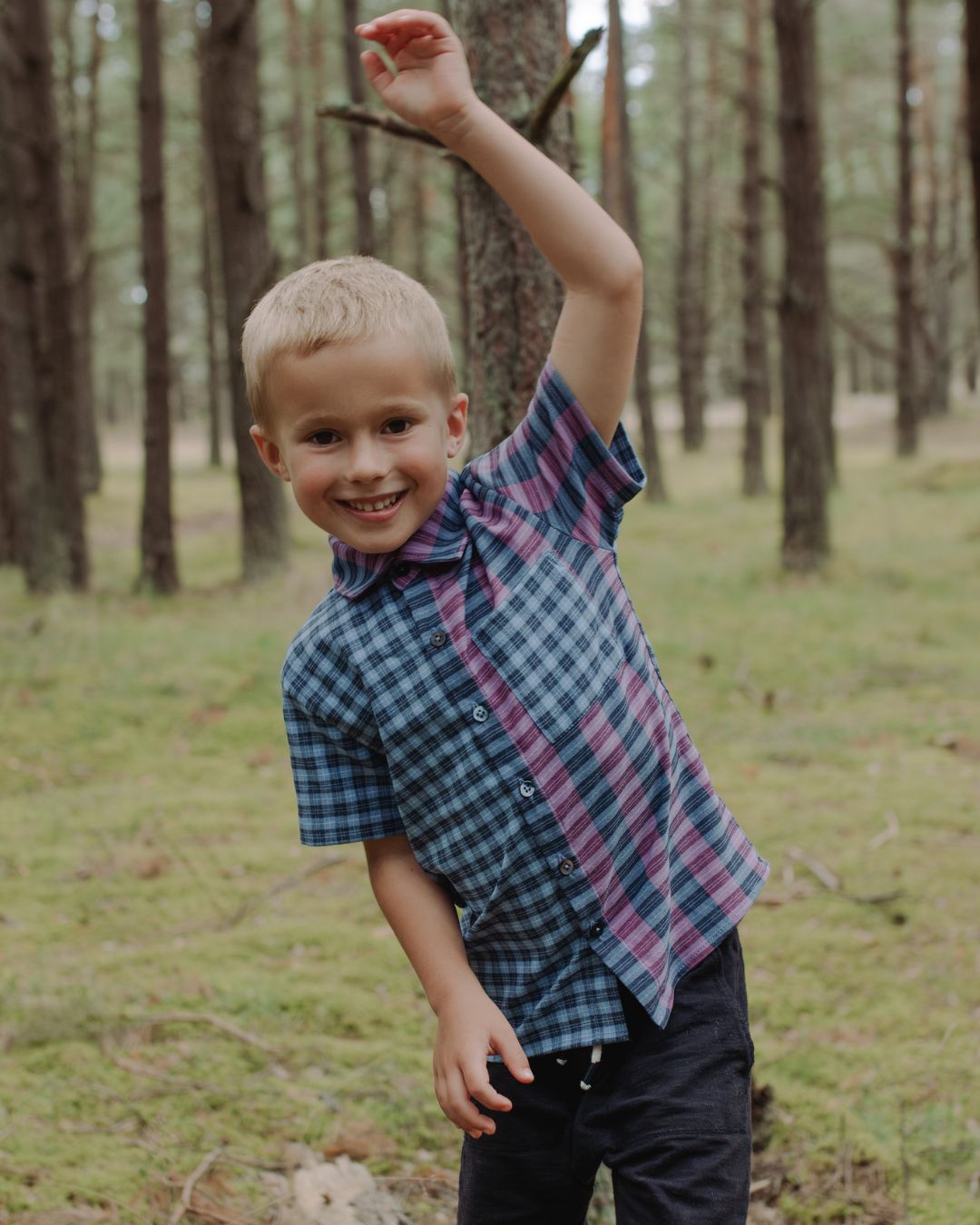
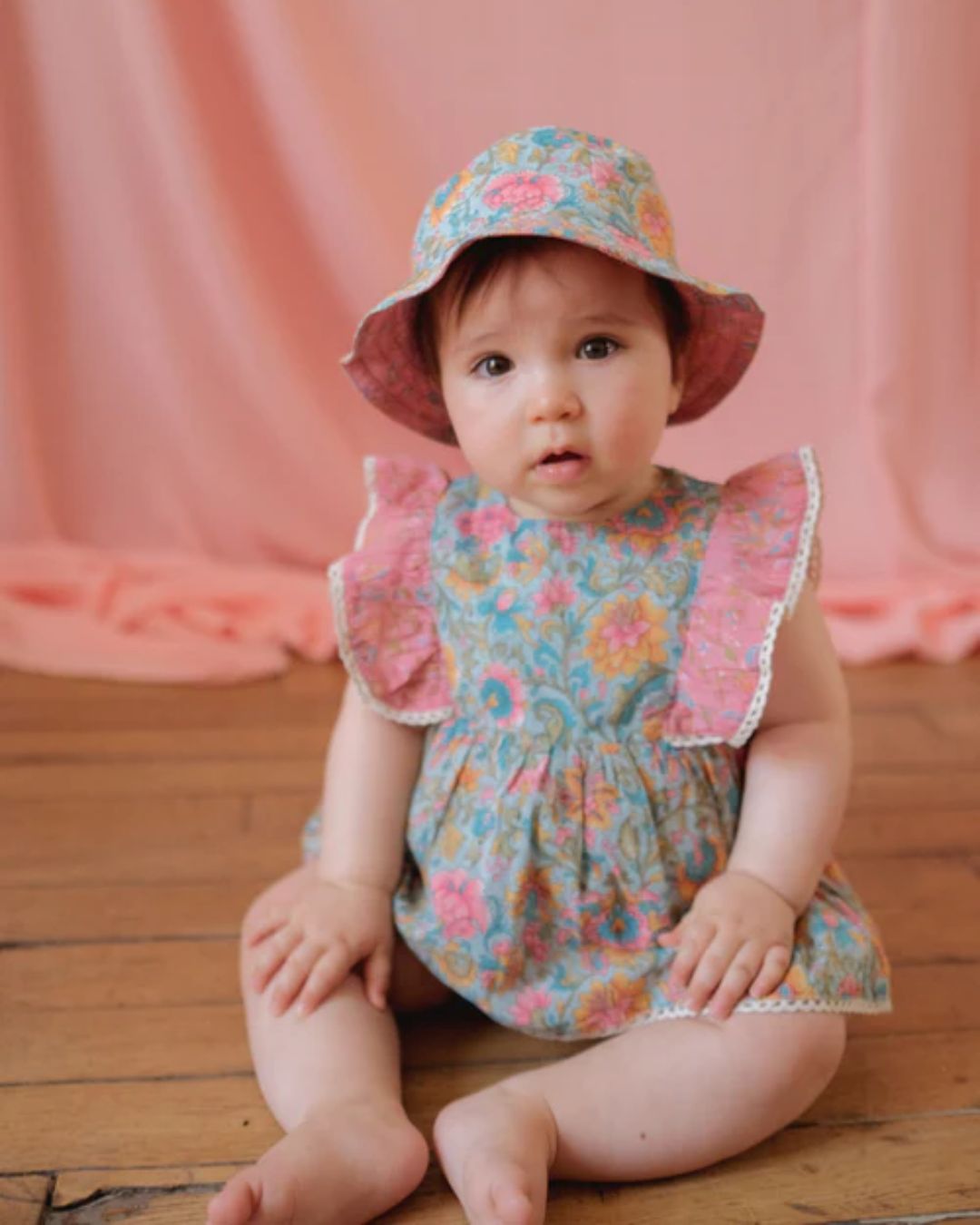

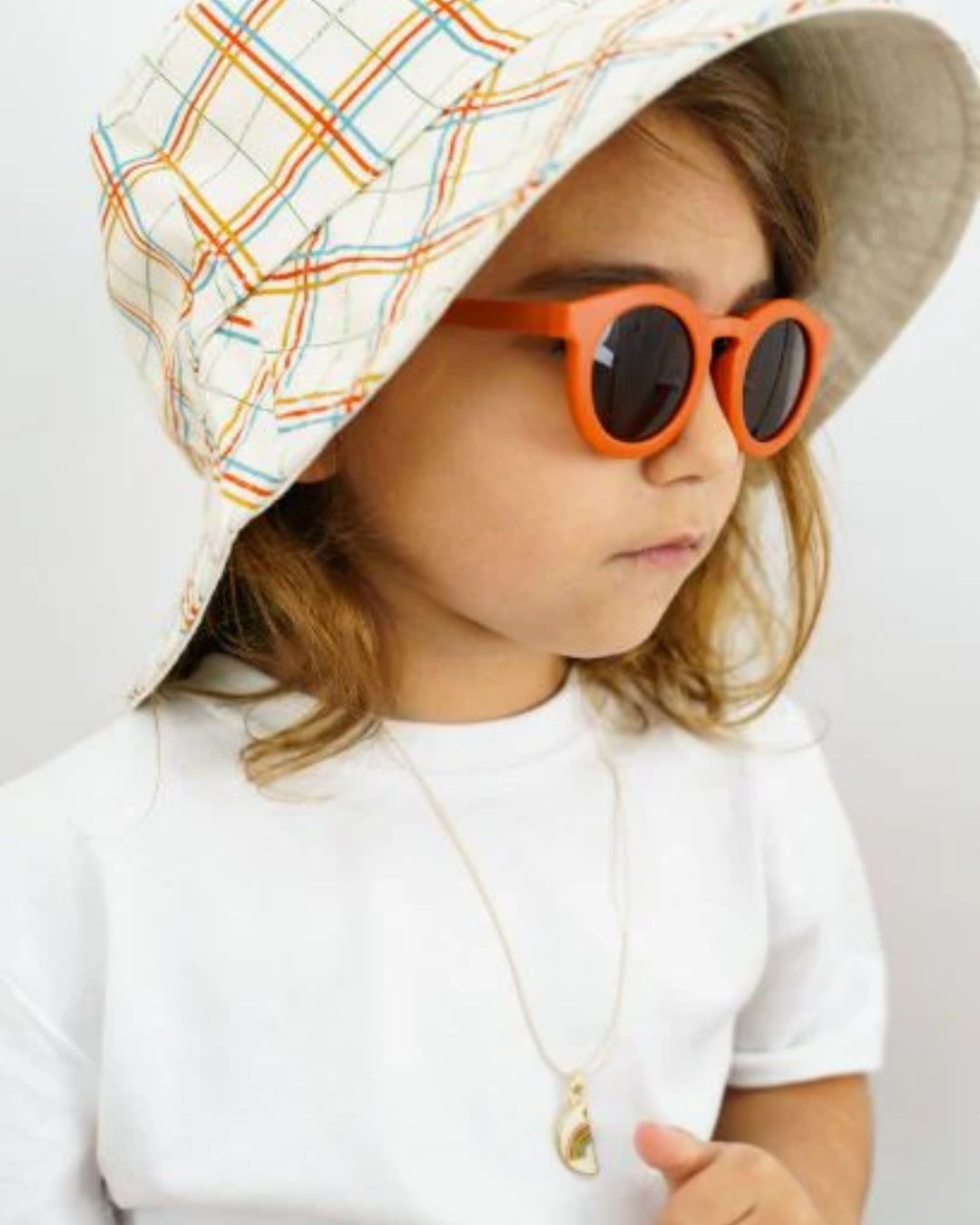
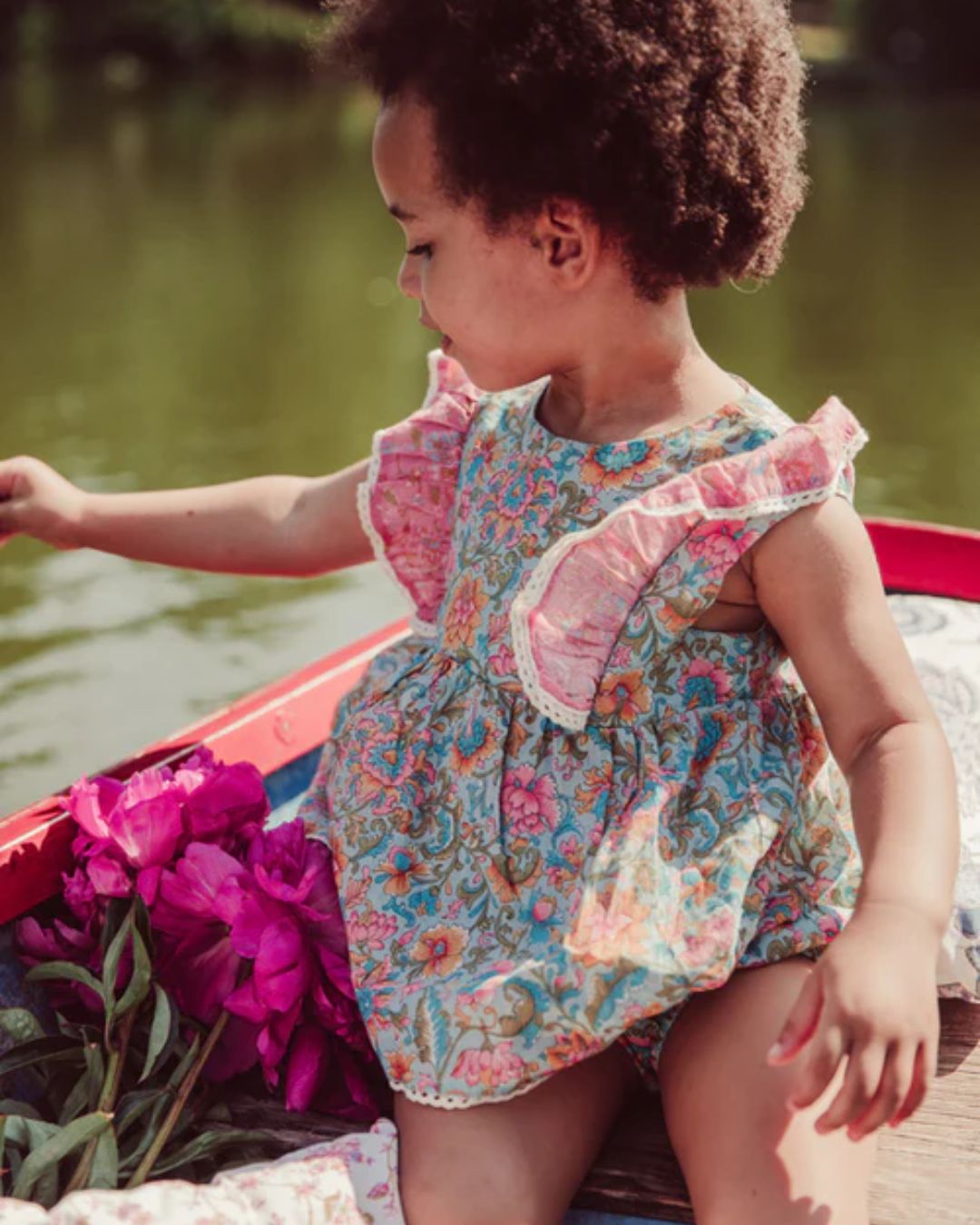



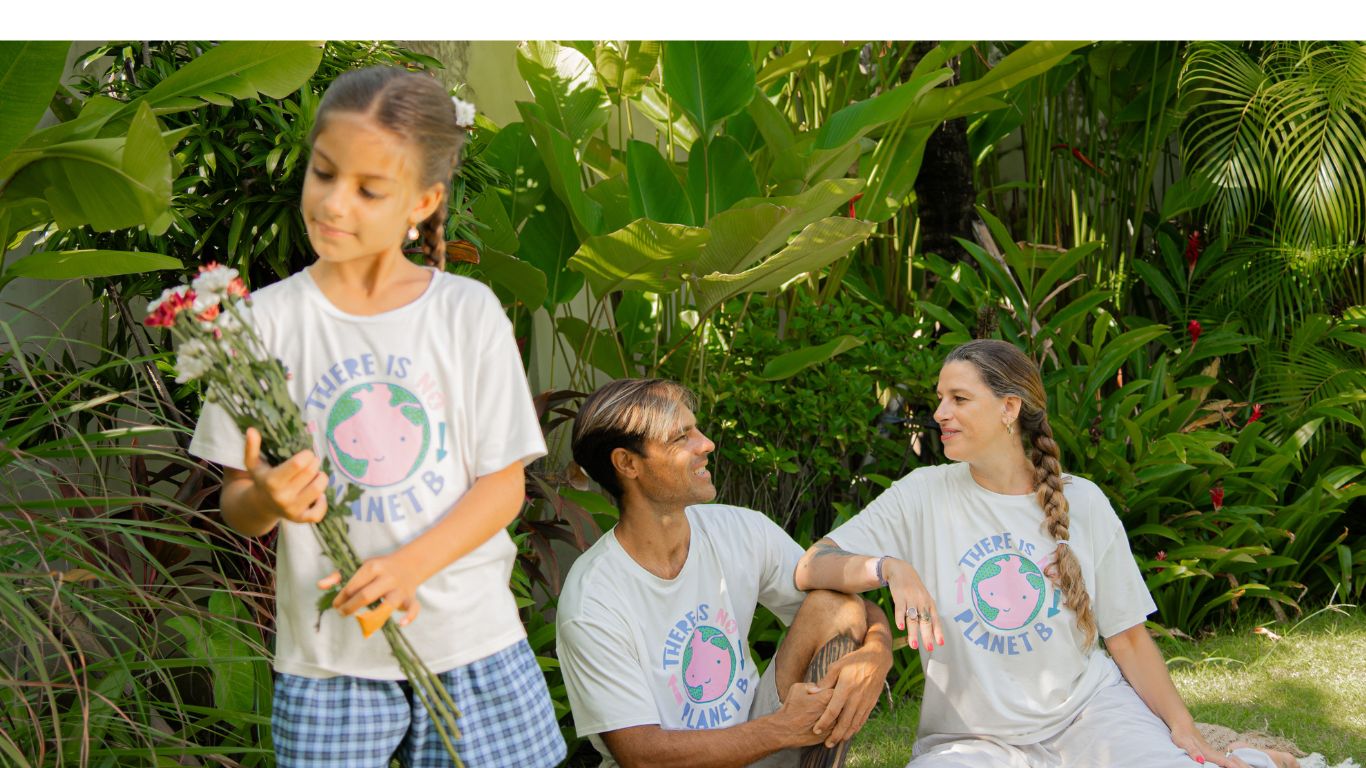

Comments